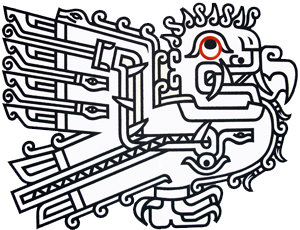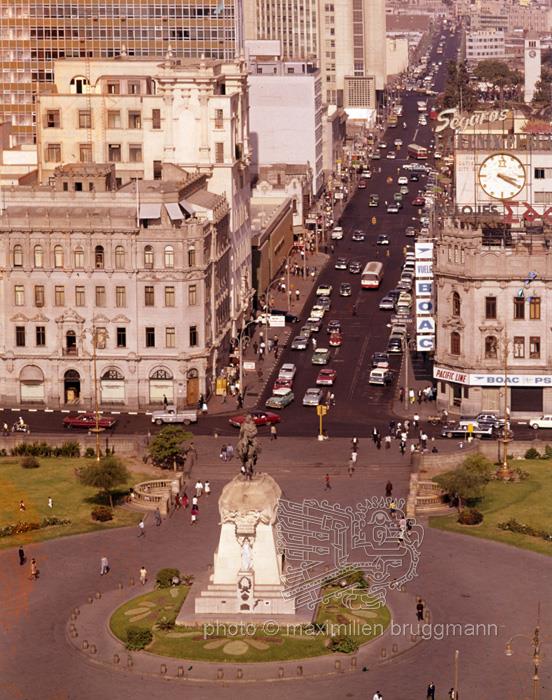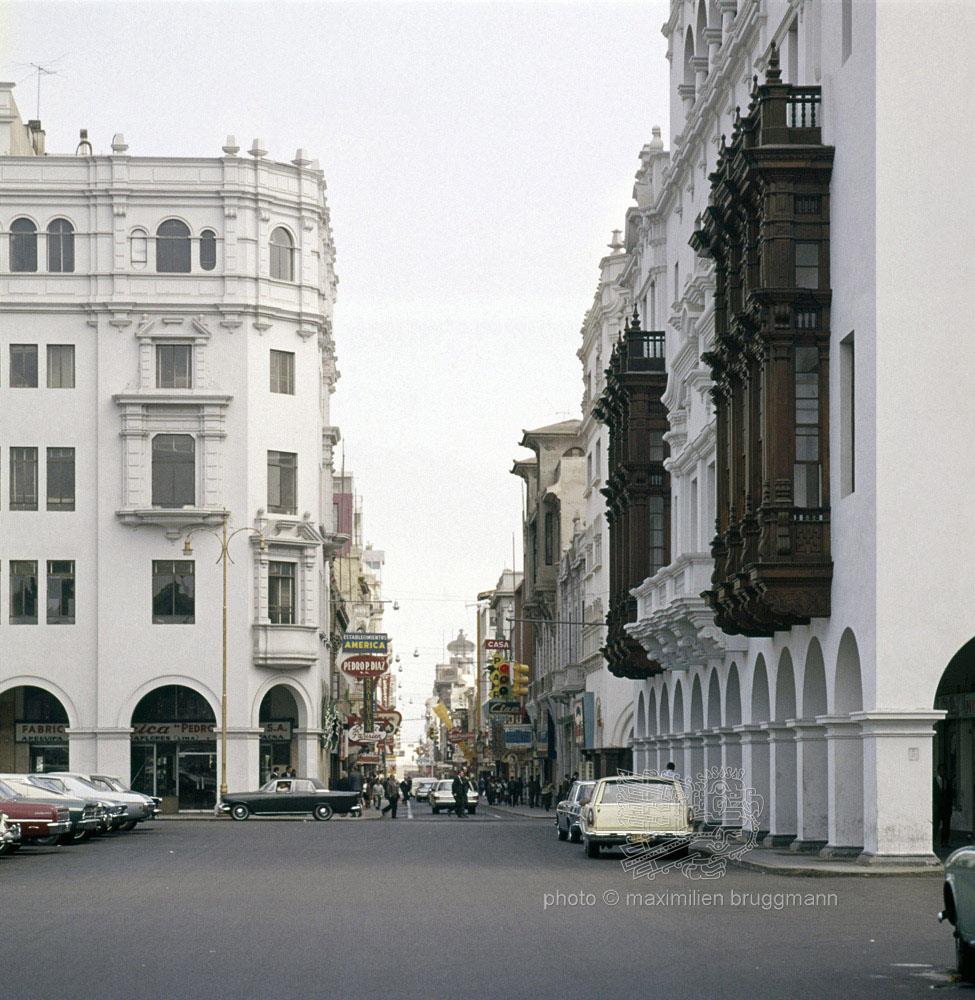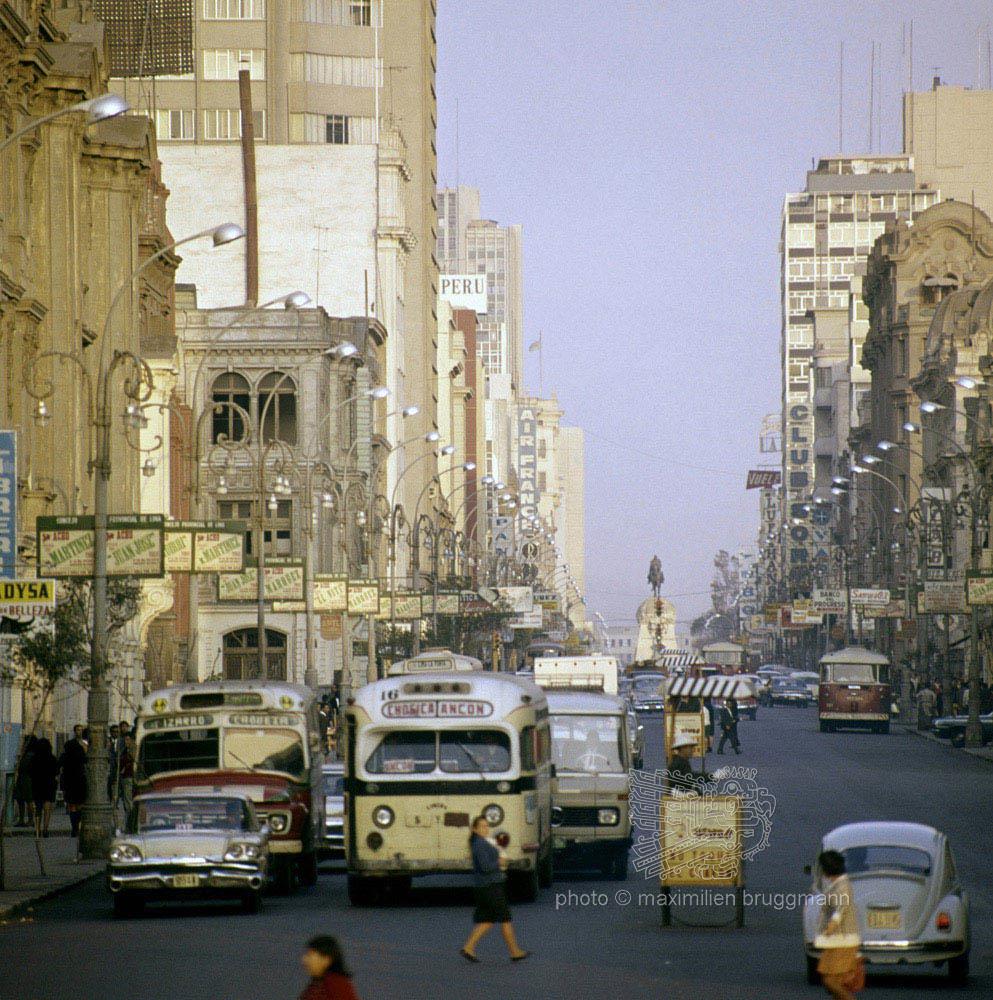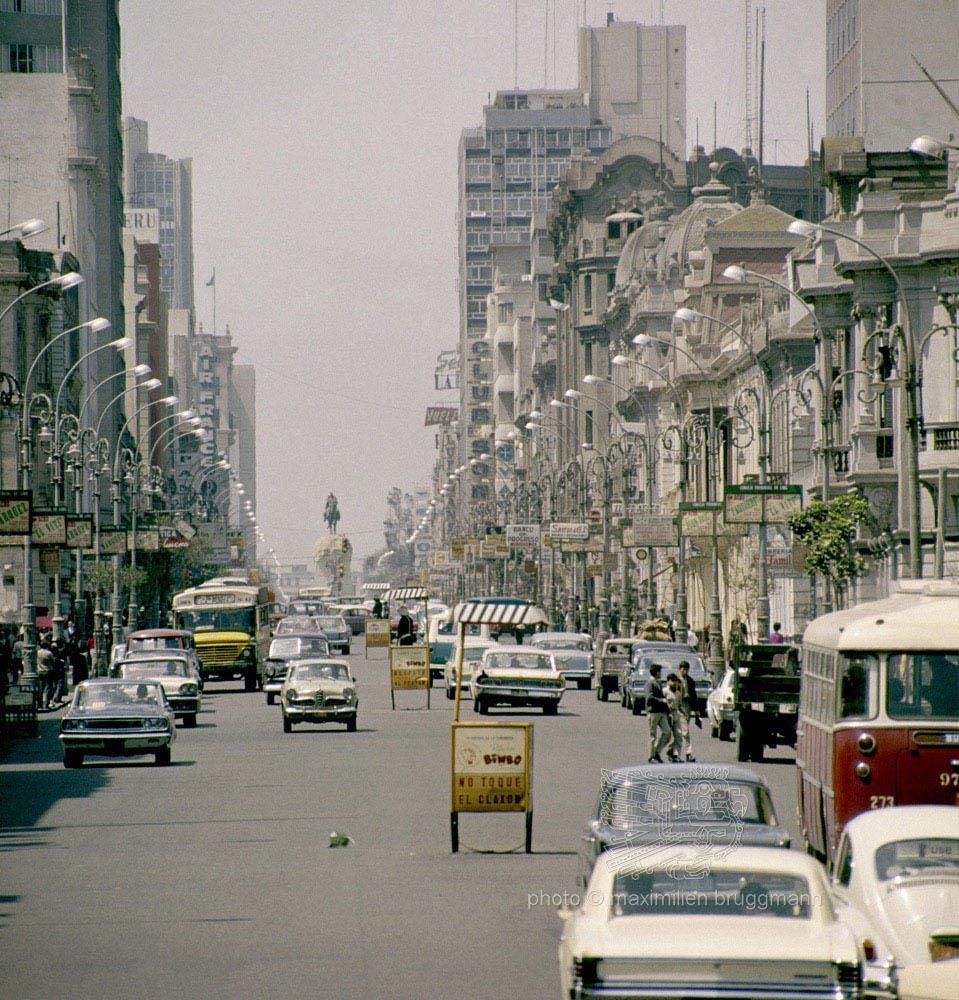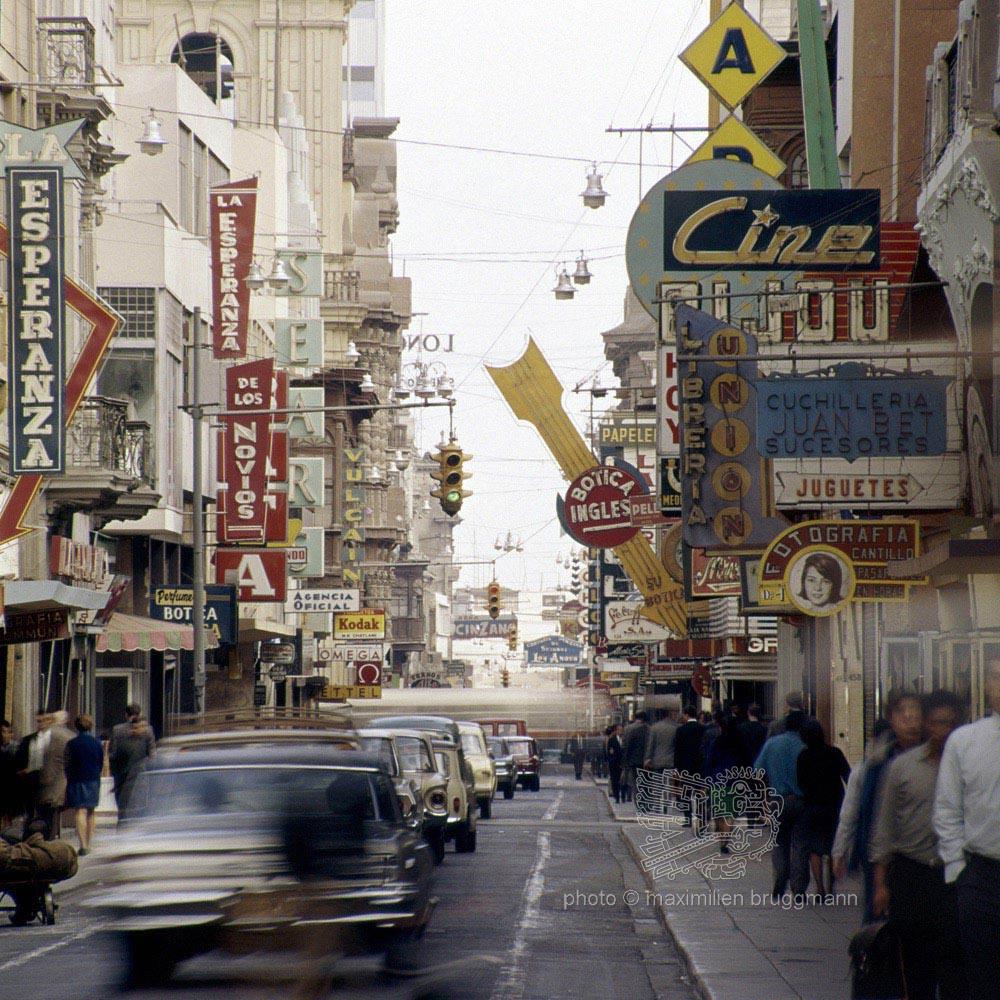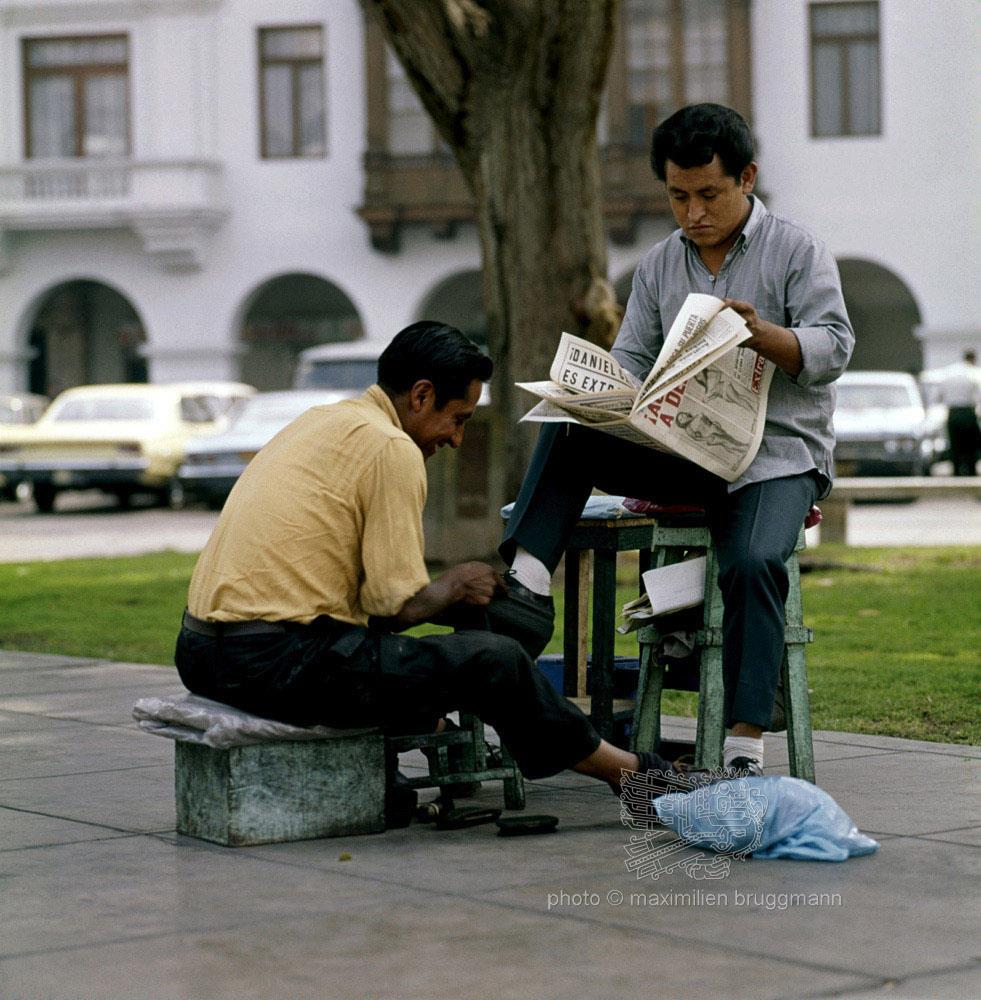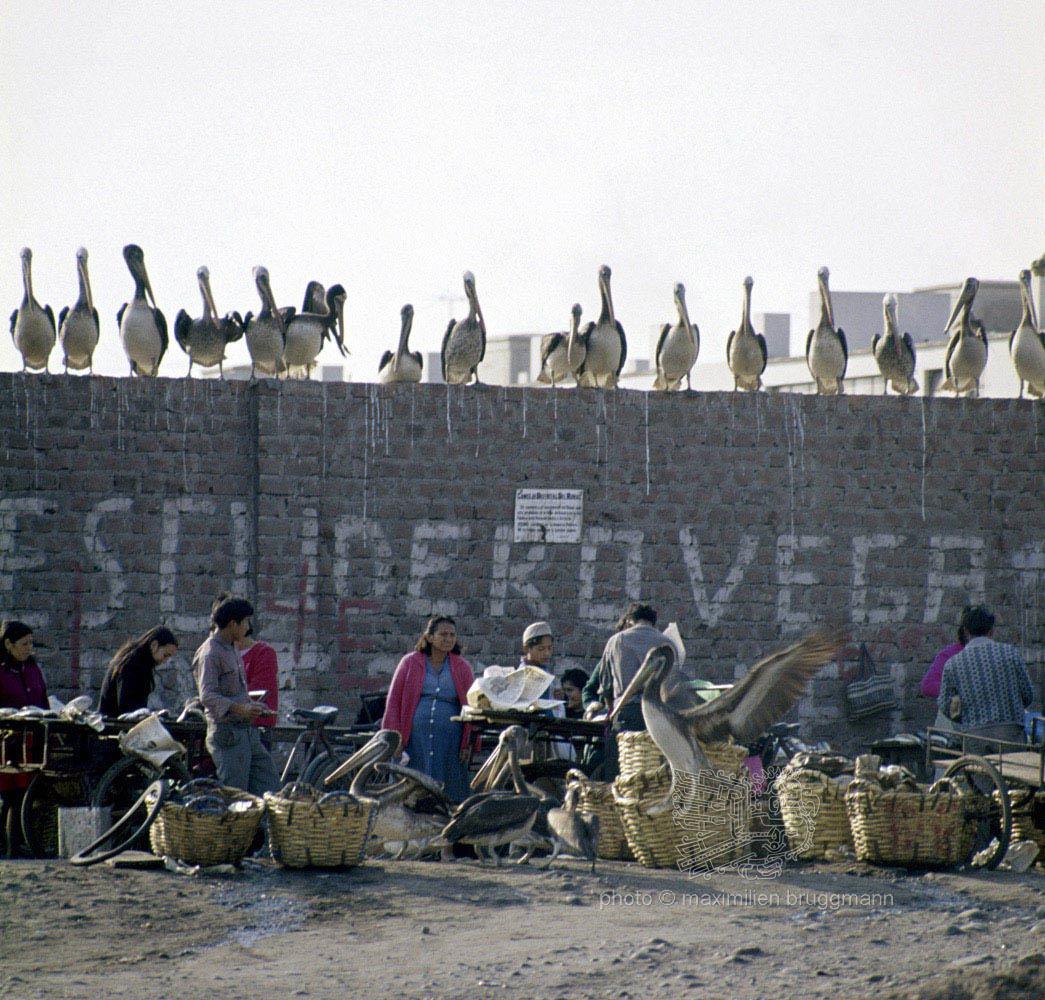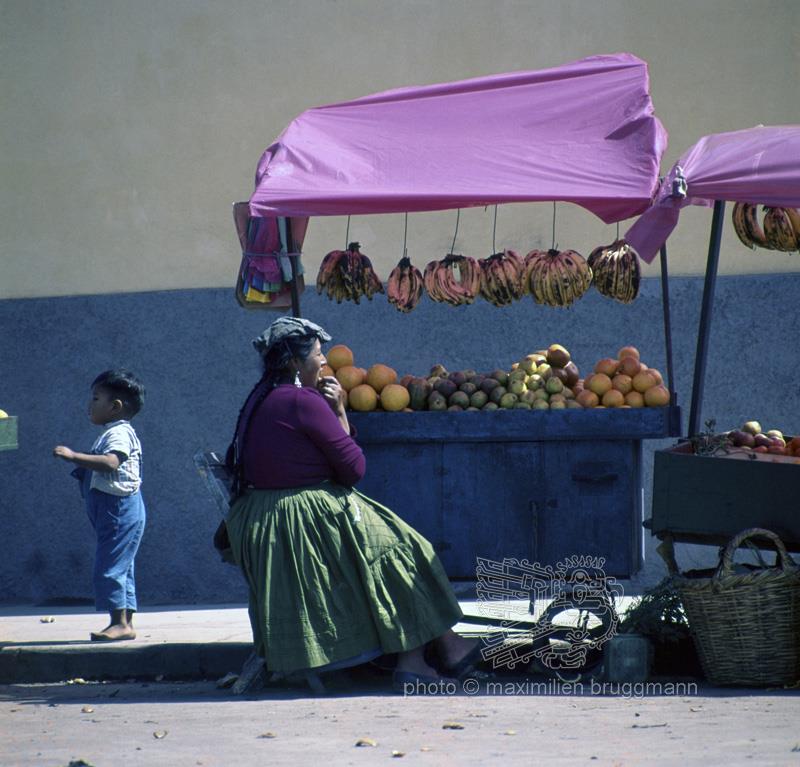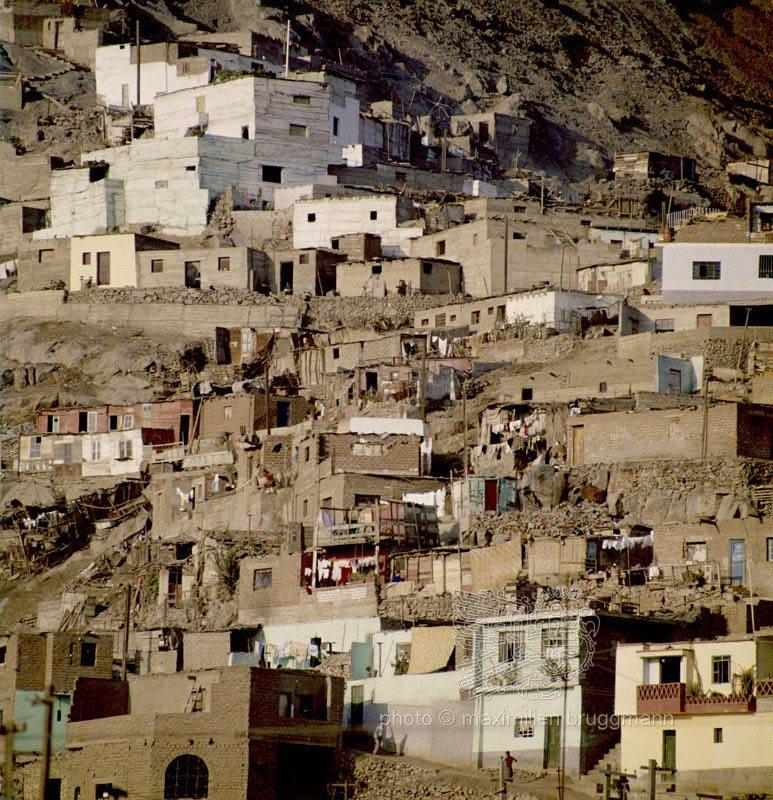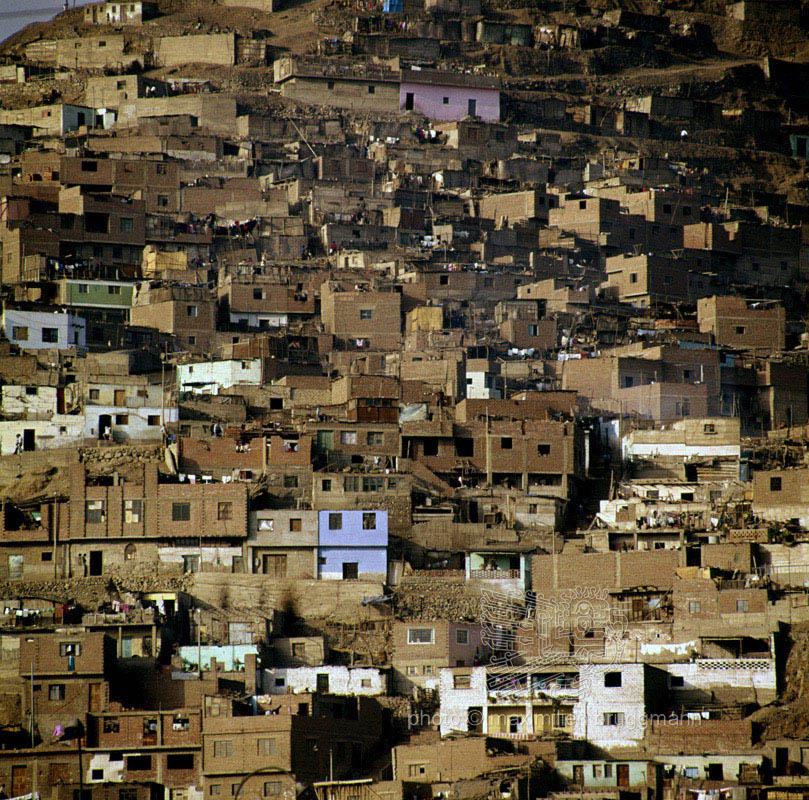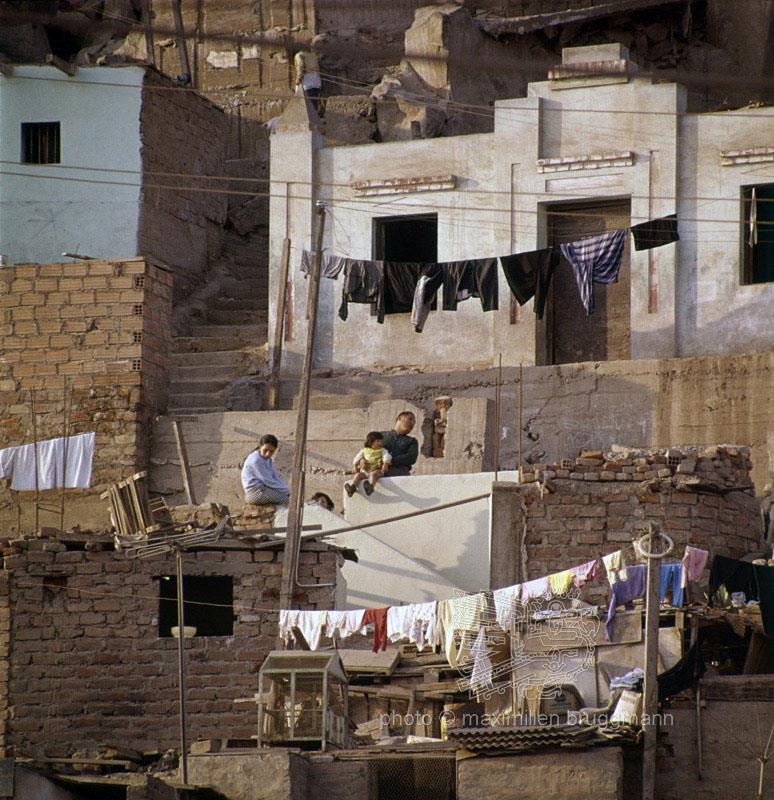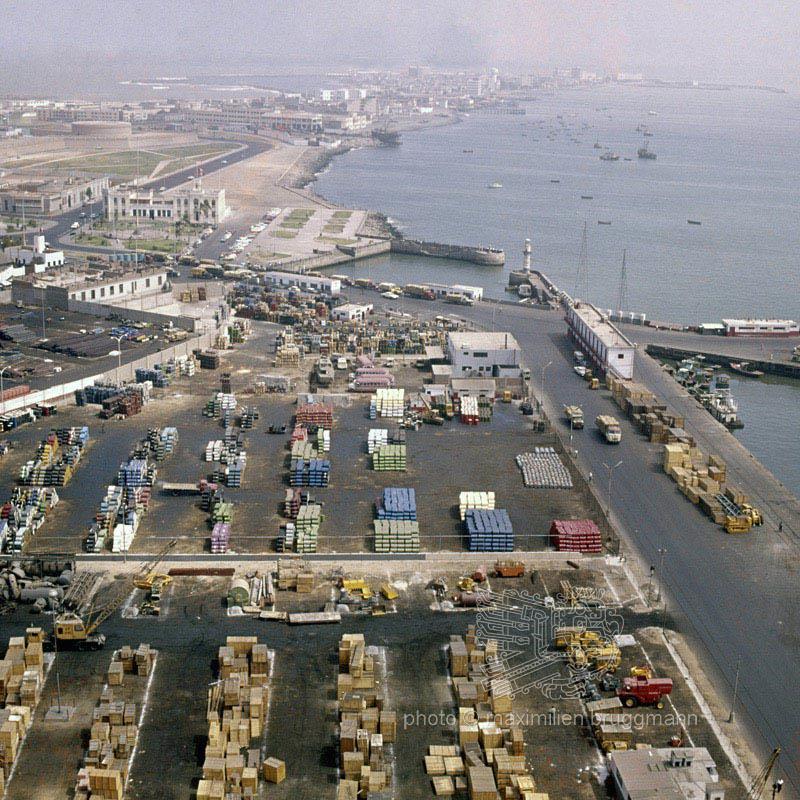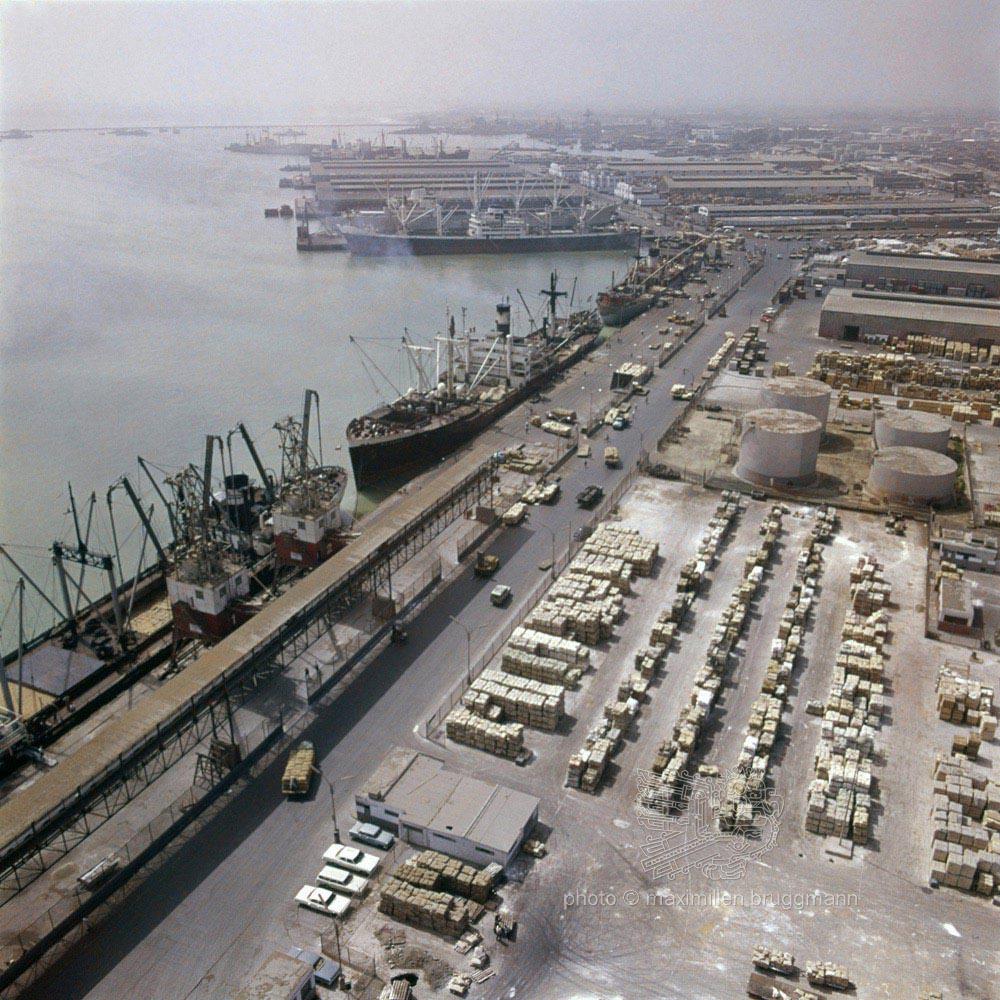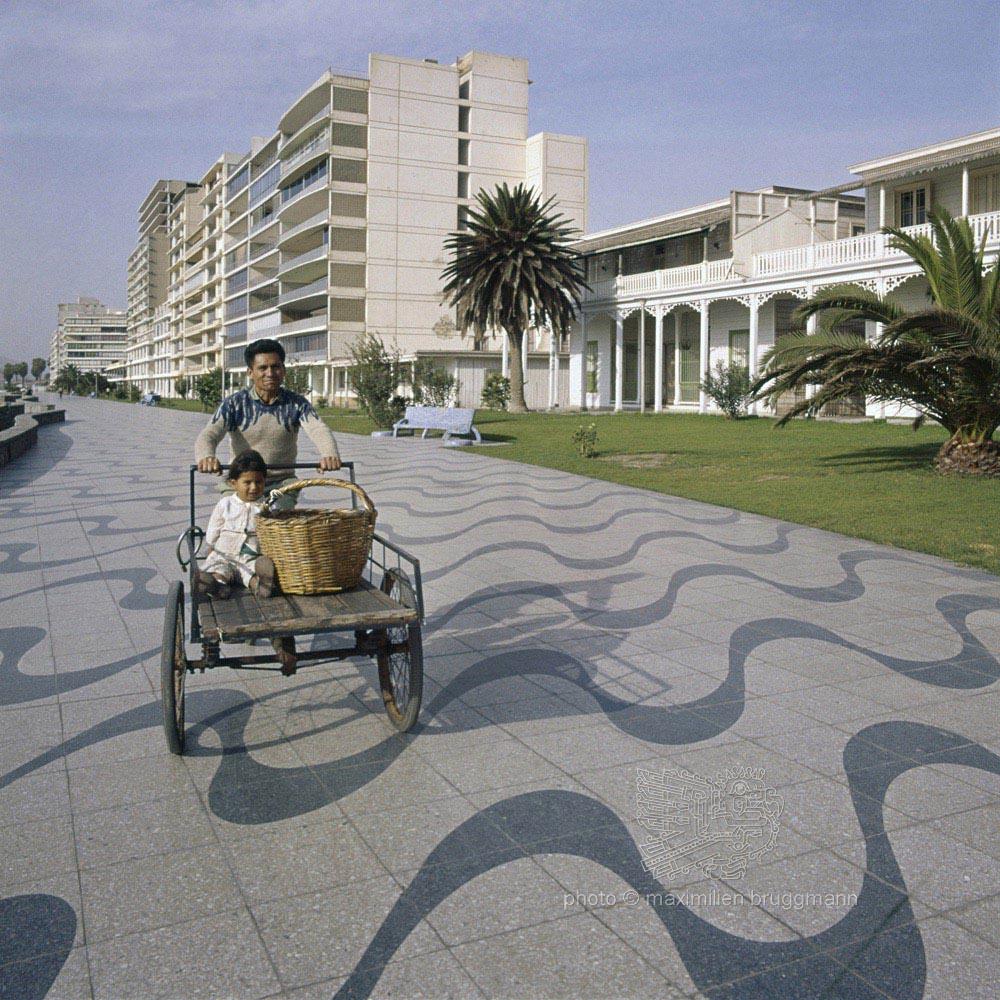In the late 1960s, Lima, the capital of Peru, was in the midst of profound change. The city was experiencing a phase of rapid urban growth and social upheaval. Rural migration to the city increased sharply and led to a rapid expansion of urban slums and informal settlements on the outskirts of the city.
Society was highly polarized: On the one side were the traditional elites, who profited from the existing order, and on the other the growing working and peasant classes, who demanded more rights and a fairer distribution of wealth. Political repression and ideological tensions between left-wing and right-wing forces characterized the years of the 1960s and 1970s.
It was therefore a time of upheaval in which political, social and cultural processes were intertwined and prepared the city for a new era - an era characterized by conflicts, challenges, but also hopes for a fairer future.
